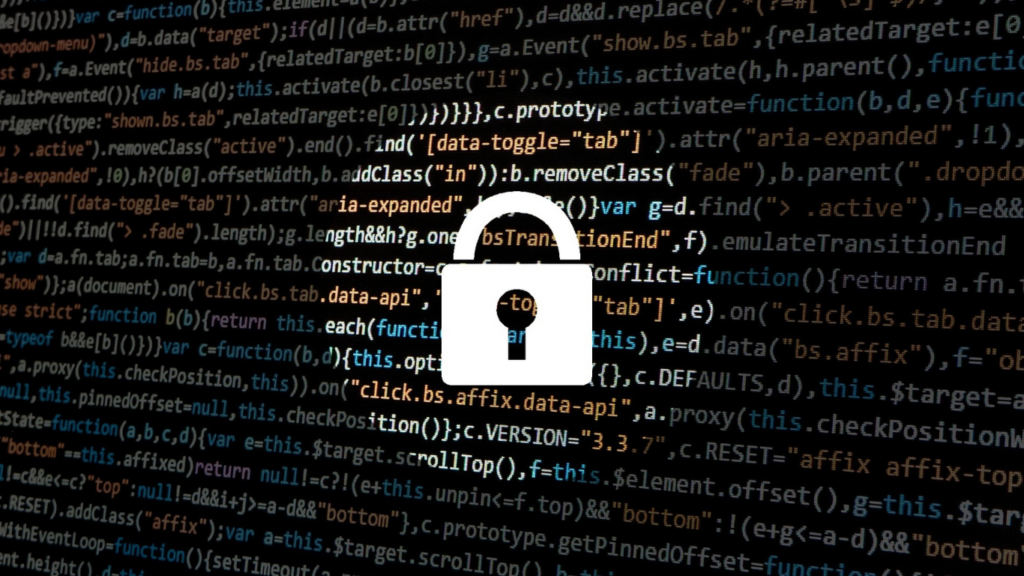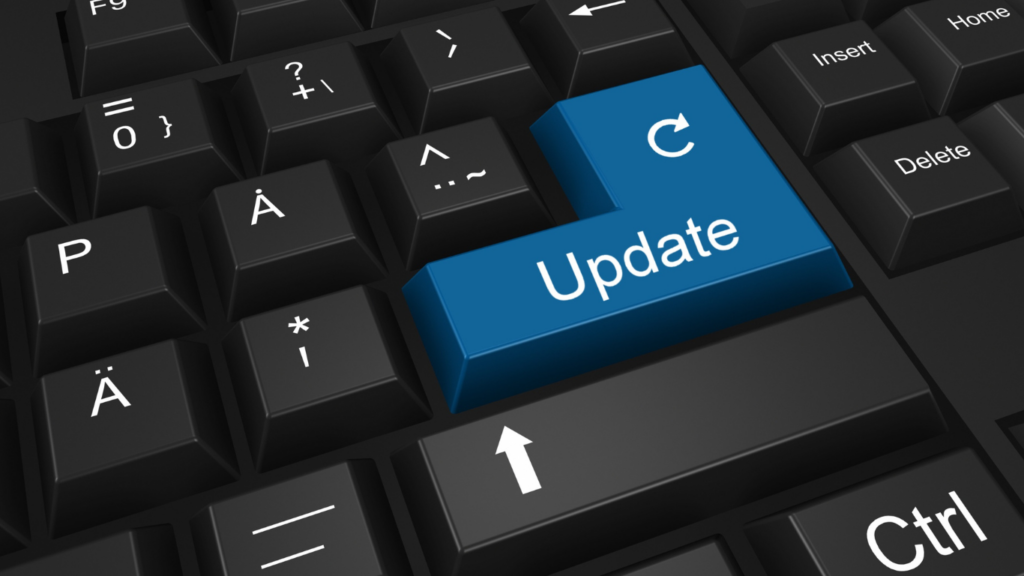Understanding Malware
Malware, short for malicious software, refers to any software intentionally designed to cause damage to a device, server, client, or computer network. Cybercriminals use malware to steal data, disrupt operations, or gain unauthorized access to systems. Recognizing its various forms helps us to defend against it.
Types of Malware
- Viruses: These are malicious code segments attached to legitimate programs. When the host program runs, the virus activates, spreading to other files and damaging data.
- Worms: Unlike viruses, worms don’t need a host program. They replicate themselves and spread across networks, consuming bandwidth and overloading systems.
- Trojans: Trojans disguise themselves as routine software but execute malicious activities once installed. They often create backdoors for cybercriminals to access systems.
- Ransomware: This type encrypts files and demands payment for the decryption key. High-profile attacks included the 2017 WannaCry outbreak, which impacted over 200,000 computers.
- Spyware: As its name suggests, spyware secretly monitors user behavior. It collects sensitive information like passwords and credit card details, often without the user knowing.
- Adware: Adware displays unwanted ads on your device. While typically not as harmful, it can lead to more severe infections if clicked.
- Email Attachments: Cybercriminals often embed malware in attachments. Once opened, the malware infects the device.
- Infected Websites: Visiting compromised websites can lead to drive-by downloads, where malware automatically installs.
- Software Downloads: Downloading programs from untrustworthy sources may introduce malware. Always verify the source’s legitimacy.
- Removable Media: USB drives or external hard drives can carry malware. They infect devices when connected.
Understanding the types of malware and their methods of distribution empowers us to take informed steps in defending against these threats. Knowledge is the first barrier to reinforce our cyber defenses.
Common Signs of Malware Infection
Recognizing the signs of malware infection is crucial for maintaining device security. Malware can manifest in several ways, often disrupting normal system functions and compromising data.
Unusual Device Behavior
Unexpected crashes or restarts suggest possible malware presence. Unfamiliar applications running without initiation raise red flags. If device settings change without user action, it’s another indication. These behaviors hint at underlying malware attempting to control or damage the device.
Unexpected Pop-Up Ads
Frequent pop-up ads appearing while browsing indicate adware. Some ads redirect to suspicious websites, increasing the risk of further malware infection. Intrusive notifications, even when no browser is open, signal potential malware activity. This continuous onslaught disrupts user experience and may lead to compromised data or additional threats.
Slow Performance
Malware often consumes significant system resources, leading to slow performance. If a device that previously ran smoothly starts lagging, malware could be at fault. Decreased processing speed, longer load times, and delayed responses are symptoms. These issues result from malware overloading the system, making regular tasks frustratingly slow.
Steps to Spot Malware on Your Devices

Spotting malware early helps protect devices from further harm. Here are key steps to detect potential malware.
Running Antivirus Scans
Using antivirus software regularly catches malware quickly. Set your antivirus to perform automatic scans daily. If it finds any threats during the scan, isolate or remove them immediately. Regular updating of antivirus software ensures it detects the latest threats.
Checking for Unwanted Programs
Install trusted software to avoid unwanted programs. Check your device’s list of installed applications regularly. Remove any unfamiliar or suspicious programs. These unwanted programs often come bundled with malware that compromises your device.
Monitoring Network Activity
Abnormal network activity signals malware infection. Use network monitoring tools to observe data traffic. Look for unexpected data transfers or high usage. If you notice unusual patterns, investigate and resolve the issue to ensure your device’s safety.
Best Practices to Prevent Malware Infections
Effective strategies can keep devices secure from malware threats. Here are essential practices to ensure a malware-free environment.
Keeping Software Updated
Regularly updating software is critical for security. Outdated programs can have vulnerabilities that malware can exploit. Several software types, such as operating systems, antivirus programs, and applications, need frequent updates. Enable automatic updates when possible to ensure you always have the latest security patches.
Using Strong Passwords
Strong passwords significantly enhance security. Weak passwords can be easily cracked by attackers, putting your devices at risk. Use complex passwords that include letters, numbers, and special characters. Tools like password managers can help generate and store strong passwords securely. Avoid reusing passwords across multiple sites to reduce vulnerability.
Avoiding Suspicious Downloads
Downloading files from untrusted sources increases malware risk. Only download from reputable websites or verified sources. Be cautious with email attachments, links from unknown senders, and free software from third-party sites. Installing a reliable internet security solution can also block malicious downloads and alert you to potential threats.
Adopting these best practices helps protect devices and maintain security against malware attacks.
Recommended Tools and Software
Choosing the right tools and software is crucial for effectively spotting and preventing malware on devices. Here are some essential categories to consider.
Antivirus Programs
Antivirus programs detect and remove various types of malware, including viruses, worms, and Trojans. Programs like Norton, McAfee, and Bitdefender are popular choices. These tools scan files and monitor system behavior for signs of infection, ensuring that devices remain protected.
Anti-Malware Tools
Anti-malware tools provide specialized protection against a broader range of threats, like:
- spyware
- adware
- ransomware
Malwarebytes and Spybot are examples. These tools often include real-time protection, advanced threat detection, and removal capabilities.
Firewalls
Firewalls act as a barrier between the device and potential threats from the internet. Both hardware and software firewalls are available. Windows Defender Firewall and ZoneAlarm are notable examples. They filter incoming and outgoing traffic, blocking unauthorized access and ensuring secure communication.
These categories offer robust protection against malware, complementing proactive measures to ensure device security.
What to Do if Your Device is Infected
Discovering malware on your device can be alarming. Immediate action is essential to minimize damage and secure your data.
Isolating the Device
Disconnect the device from the internet to halt data transmission. This reduces the chance of malware spreading to other devices within your network. Avoid using external storage devices, like USB drives, as they can transfer the infection to other systems.
Removing the Malware
Run your anti-malware program immediately. Programs like Malwarebytes or Norton can detect and remove infections effectively. Perform a full system scan and follow the software’s instructions to quarantine or delete malicious files. If the malware persists, boot your device in Safe Mode and try the scan again. Safe Mode limits applications, making it easier to identify and remove threats.
Restoring from Backup
Restore your device using a clean backup taken before the infection occurred. Ensure the backup is malware-free by scanning it with your anti-malware program before restoring. Reinstall your operating system if necessary, but this should be the last resort as it involves data loss if not backed up properly.





